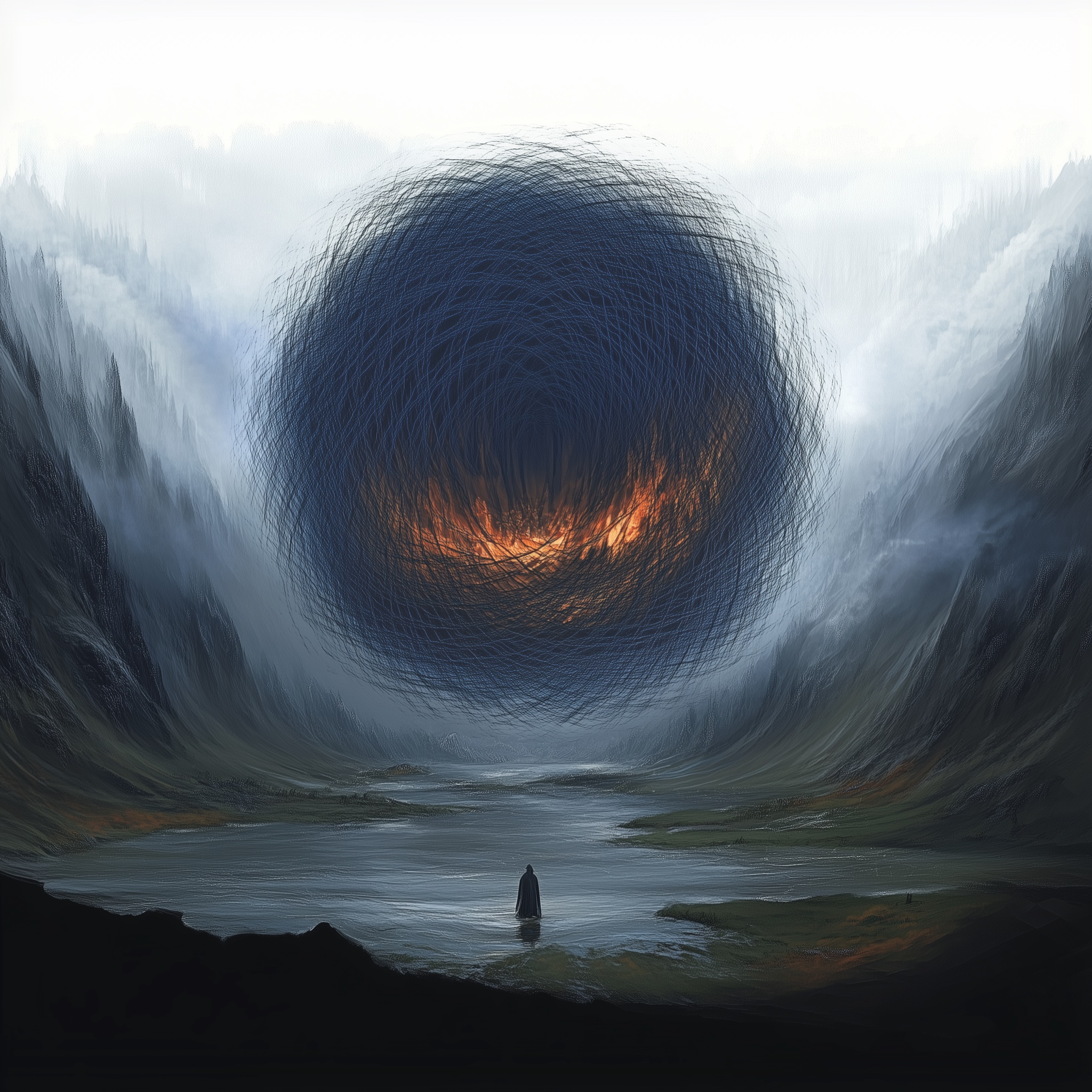One Skyrmion to Rule Them All: Noise Resilience and Data Storage Solutions for Quantum Computing and Spintronics

Insider Brief:
- Skyrmions, stable magnetic structures with topologically protected spin configurations, may be used for creating efficient devices in microelectronics, spintronics, and quantum computing.
- A study showed that skyrmions can resist noise, maintaining their topological properties even as quantum entanglement decays, which may lead to more stable quantum information systems.
- Skyrmions have potential beyond quantum computing, with their spin configurations providing a more energy-efficient alternative to charge-based systems in spintronics.
- Researchers at Lawrence Berkeley National Laboratory have successfully created 3D images of skyrmions, providing new insights into their structure, which could enhance their applications in spintronic devices and quantum computers.
Magnetic skyrmions, swirling, nanoscale magnetic structures, are drawing attention in the fields of microelectronics, spintronics, and quantum computing. With their topologically protected spin configurations, skyrmions are stable, resilient, and present unique opportunities for creating more efficient devices. Scientists at the Department of Energy’s Lawrence Berkeley National Laboratory have made progress towards characterizing skyrmions through successful 3D imaging. Comprehension starts with visualization, and this new imaging development, combined with recent insights in quantum computing and spintronics, could lead to novel applications across both fields.
Topological Shields of Skyrmions: A Fellowship Against Quantum Noise
In the ever-growing field of quantum technology, one of the greatest barriers to progress is noise—a pervasive issue that can disrupt quantum information and render complex computations meaningless. As researchers strive to develop more reliable qubits, the need for a solution that can withstand noisy environments has become increasingly paramount. Skyrmions, tiny magnetic whirlpools with topologically protected spin configurations, have emerged as a promising alternative to more commonly used qubits in quantum systems.
A study led by researchers from the University of the Witwatersrand and Huzhou University demonstrated that quantum skyrmions exhibit a unique resistance to noise, a characteristic essential for quantum information processing. While typical quantum states, such as those that rely on entanglement, degrade in the presence of noise, quantum skyrmions maintain their topological properties even as entanglement decays. This topological resilience may have implications for more stable quantum communication and computing systems, especially in real-world environments filled with isotropic noise—such as thermal fluctuations, photon loss, and stray light.
This noise rejection occurs because the topology of quantum skyrmions, defined by a non-local mapping between spatial and polarization degrees of freedom, remains invariant under smooth deformations caused by noise. As long as some level of entanglement persists, the skyrmion’s topological properties stay intact. The study highlights that skyrmion-based quantum information encoding may provide an alternative to conventional quantum error-correction strategies by digitizing quantum information through discrete topological observables. Much like how classical digital signals are more resistant to noise than their analog counterparts, quantum skyrmions offer similar resilience for quantum information.
The Two Skyrmions–One for Spintronics and One for Quantum Devices
In the growing demand for faster, more energy-efficient devices, traditional microelectronics are quickly approaching their physical limits. Current technologies for data storage and processing rely on electron charge, which inherently results in energy loss and heat generation. As these inefficiencies rise, there is a push for alternative methods, particularly in spintronics, where magnetic properties replace electric charge to store and manipulate information.
The nanoscale, swirling magnetic structures that are skyrmions may also have a use case within data storage and processing. Their small size, topological stability, and distinctive spin structures make them ideal candidates for creating memory and logic devices that are not only energy-efficient but also scalable. Unlike conventional systems that rely on electric charge, skyrmions can use spin configurations to store data, significantly reducing power consumption and heat generation in the process.
The potential for skyrmions to advance spintronic devices has been highlighted in a study by the Brazilian Center for Research in Physics, analyzing their stability in magnetic nanodisks. Researchers found that skyrmions, even in complex configurations like skyrmioniums (a composite of two skyrmions), exhibit stability at room temperature under specific conditions. The ability to control these configurations through magnetic or acoustic waves further implies the possibility creating devices that are both efficient and adaptable.
As noted in the study, skyrmions’ potential extends beyond classical computing applications. Their topological stability and scalability at room temperature make them attractive candidates for quantum computing as well. This could bypass the need for complex quantum error-correction protocols, as skyrmions’ inherent stability could provide a more reliable medium for quantum information storage and processing.
Understanding the Hidden Depths of Skyrmions
While the potential of skyrmions is there, in order to truly realize how they can be used in applications, researchers need a more detailed understanding of their 3D structure. Peter Fischer’s team at Lawrence Berkeley National Laboratory is doing just that. Using X-ray laminography (that required a special trip to a microscopy beamline at the Swiss Light Source ) they created detailed 3D images of skyrmions, enabling researchers to better understand their spin characteristics across the entire object, not just in 2D.
Visualization 3D approach is necessary, as skyrmions need to be studied in the full three-dimensional space they occupy in real-world devices like silicon wafers. Previous theoretical descriptions of skyrmions treated them as 2D objects, but Fischer’s work shows that their 3D characteristics could open new possibilities for their manipulation and use in spintronic devices. By examining the entire skyrmion, Fischer’s team hopes to provide a foundation for nanoscale metrology, which could lead to the creation of spintronic devices with increased functionality, as well as use in quantum computers.
The (Plausible Future) Return of the Skyrmion
While much remains to be done before skyrmions can be integrated into quantum computing, a review of the literature suggests their potential as a key component of future technologies. Skyrmions’ noise resilience, energy efficiency, and scalability make them an attractive option for both classical and quantum devices. The development of nanoscale metrology, coupled with the ability to control skyrmion dynamics optically, may one day lead to practical skyrmion-based quantum computers and spintronic devices.
